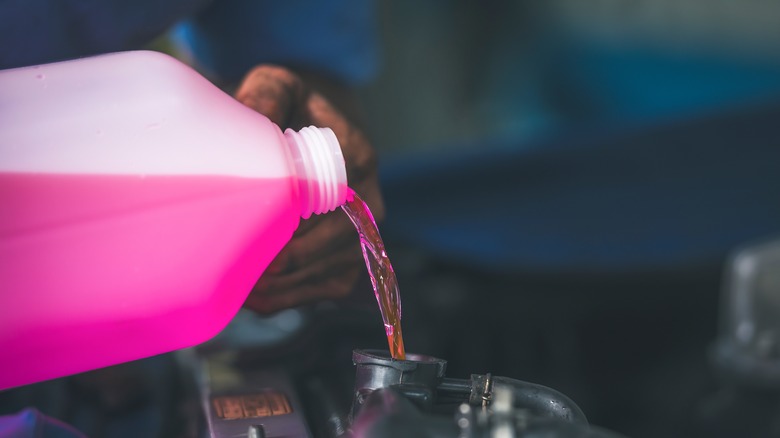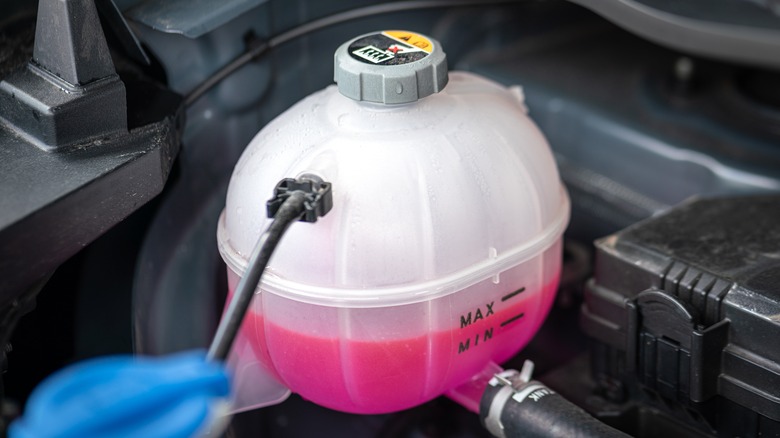What Makes Toyota's Super Long Life Coolant So Good?
With so many coolant colors available, finding the right one for your car can be a little daunting. But if you've recently discovered that your car is meant to use Toyota's Pink Super Long Life Coolant (SLLC), here's a quick rundown of what makes it so good.
According to Toyota, there are some interesting reasons why its Pink Super Long Life coolant ($27.09) sits apart from other variants. For example, while it shares several of the same ingredients as other coolant colors like the red coolant, such as water, Ethylene Glycol, and Diethylene Glycol, Toyota reveals that its SLLC coolant uses sebacic acid and potassium hydroxide.
Unlike the red coolant, the long-lasting pink coolant also comes diluted, so it's known to last significantly longer. Initially, Toyota mentioned that its pink variant could last up to 100,000 miles or 10 years. Afterward, it recommends changing it every 60,000 miles or five years, which is still twice as much mileage compared to when it says you need to change its red coolant variant.
Choosing the right coolant for you
If you're not sure what the appropriate coolant color is for your car, it's highly recommended to consult with your vehicle's manual. However, the best way to know the right coolant for your specific car is to consult your dealership (and buy directly from them). Not only will this eliminate the guesswork, but it also gives you peace of mind in knowing that you're buying the right coolant optimized by the manufacturer for your specific car model.
It's important to note that using the wrong coolant can have dire consequences, such as corrosion, an overheating engine, and other possible expensive-to-fix issues. After you decide, it's best to stick with it, as mixing multiple coolant colors together is not recommended. Lastly, it's a good idea to include coolant flushing in your car's regular car maintenance schedule, especially before any long trips. Aside from choosing the right coolant type, changing it regularly is just as important if you want to avoid the build-up of contaminants.

